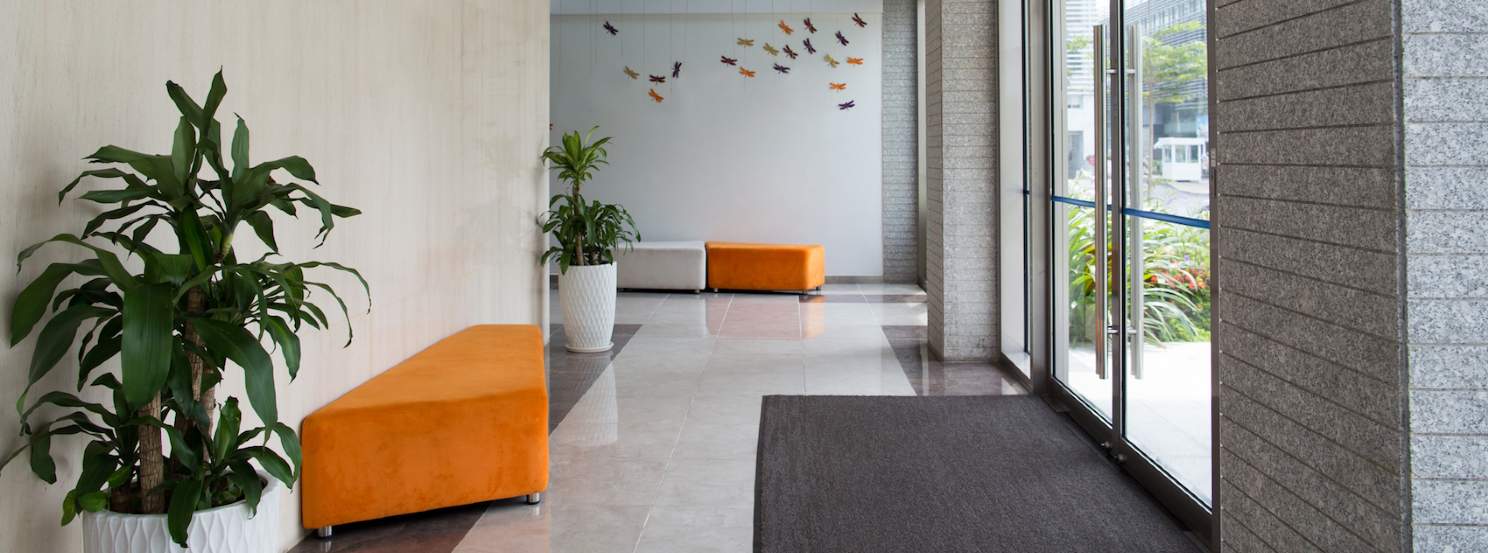Providing student housing in the UK has become big business.
We’re not talking The Young Ones here. Just over a third of full-time students in the UK live in purpose-built student accommodation (PBSA). This sector is the most mature and liquid of the operational real estate markets, that’s to say residential developments owned and operated by professional, large-scale investors.
Investors had access to the sector as far back as 1998 and today we estimate it to be worth £51.2 billion, dominated by a tight group of specialist players.
Brexit uncertainty is weighing on recent activity. Investors placed £3.1 billion in UK PBSA in 2018, 19 per cent down on 2017, but the price per student bed remains high, at £90,000. Already this year looks set to outperform, mostly due to Unite’s mammoth acquisition of Liberty Living for £1.4 billion.
Total stock levels stand at 640,000 beds, against a total student population which has grown 9.7 per cent over the past five years to around 1,844,500 despite Brexit concerns and competition from apprenticeships.
Students from other EU countries represent only 7 per cent of UK student numbers, and recent rhetoric on immigration suggests the potential for demand from places such as the USA, China and India could mitigate any fall in EU demand.
With parts of the UK market looking fully supplied, we anticipate larger investors will turn their attention to less mature markets across mainland Europe, such as Italy, Spain and Portugal, where demand is expected to be fuelled by growing numbers of students choosing to live away from home.
In a highly competitive landscape, brand awareness and loyalty is increasingly important for student housing operators. While PBSA may be the most mature of the operational property asset classes, there are still lessons it can learn from the more emerging co-living and co-working sectors.
Lounges, study/work areas and games rooms are common to all three, yet where co-living and co-working go beyond this is in the curation of these spaces. Amenity areas that can be configured for activities from yoga classes to DJ nights, for example, can help create a positive sense of community that builds loyalty. We expect to see more community creation initiatives in the next generation of student accommodation schemes.
Further information
Read more: The sky's the limit

.jpg)


.jpg)